Video-Based Learning For Corporate Training
We all are aware of the popularity of videos. Let me highlight their impact through some statistics:
- There are 22 billion daily video views: Snapchat (10 billion), Facebook (8 billion), and YouTube (4 billion).
- By the end of 2018, 75% of workers at large organizations will have interacted with various kinds of video more than 3 times daily (Gartner Research).
- 59% of senior executives agree that if both text and video are available on the same topic on the same page, they prefer watching a video (Digital Information World).
- Viewers retain 95% of a message when they watch it in a video, compared to 10% when reading it in a text (WireBuzz).
What Is Driving The Wider Usage Of Video Based Learning?
It comes as no surprise that the usage of videos for online training (or video-based learning) is on an increase too. Videos are a high-impact medium, and an extension of video-based learning creates an engaging learning experience with high recall and retention. This is why they are a popular choice for learners of all profiles (including Millennials).
The usage of video-based learning has seen further acceleration in the last 2–3 years on account of:
- Wider usage of mobile learning
Today, this is an integral part of online training delivery for most organizations globally. In fact, it is steadily moving to a situation of 'mobile first' (that is, the training is consumed predominantly on smartphones) from the more prevalent format of 'mobile friendly' (that is, the training is expected to be consumed across devices that include desktops, laptops, tablets as well as smartphones). With this, the learners want to see online training in formats they normally view on their smartphones—notably, videos and apps. - Increased usage of microlearning-based training
From providing support to formal training a couple of years ago, a microlearning-based approach is widely used today for both formal and informal training. It can be offered in various high-impact and engaging formats, and videos are a significant component. Learners love bite-sized videos that they can take on the go.
Are There Any Challenges Associated With Video-Based Learning, And How Can They Be Offset?
While video-based learning is an extremely effective approach to offer formal training as well as performance support intervention, the passivity of videos can sometimes limit the learning takeaways.
You are likely to face this challenge:
- When run length of the video is long.
- When you expect a higher level of cognition (beyond recall or understand to apply).
This, in turn, can impact the ROI of the training.
However, this can be offset by the use of interactive videos that flip the passivity of classic videos to highly interactive and enable you to:
- Interject videos with interactions similar to eLearning (Hot spots, click to reveal and so on).
- Checkpoint the learner progress and learning through quizzes and assessments.
This is not all. You can have learning paths that have branching based on the learner’s choices. Unlike videos, the interactive videos can be tracked by an LMS.
8 Examples
At EI Design, we have a large practice that offers diverse formats for video based learning. We also have our own framework of interactive videos that can be customized for any specific requirement.
I pick 8 examples from our repository. They reflect diverse design approaches that you can pick from and also use the video-based learning formats for formal training or as performance support intervention.
1. Animated Videos Featuring Infographics And Text
This well-known video format uses a combination of animated visuals (infographics) and text. This versatile approach can be used to create a variety of learning experiences.
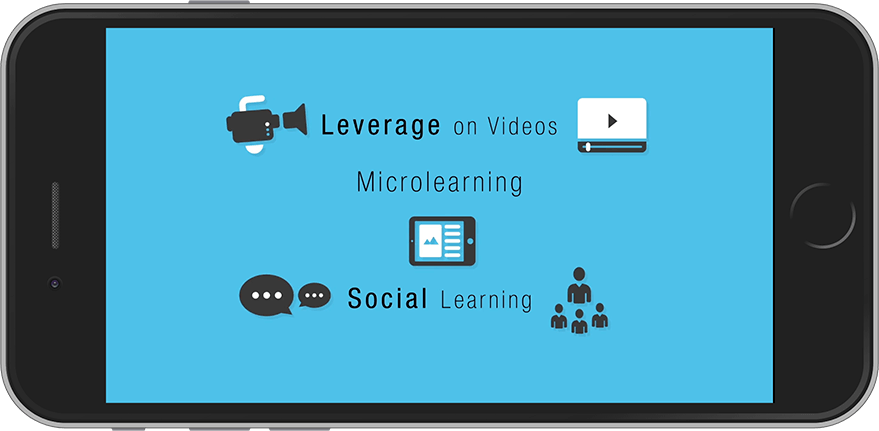
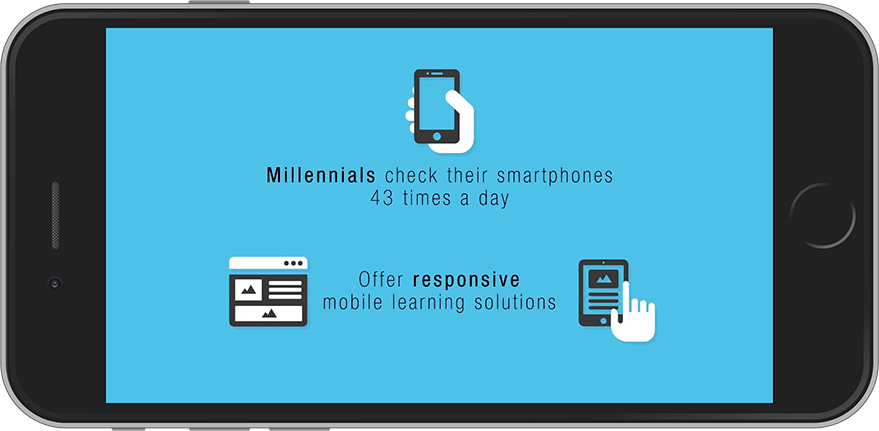
2. Scenarios Or Story-Based Videos Featuring People
This video format uses high-impact contextual imagery (of people, in situations that learners can easily relate to) with a narrative or story.
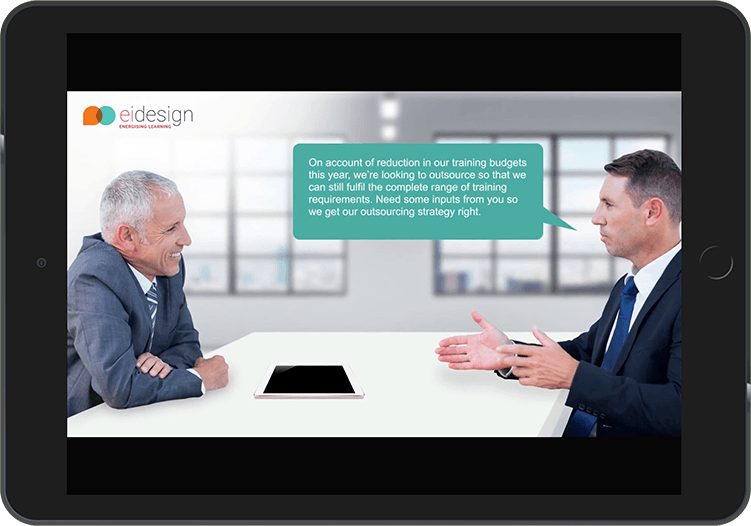
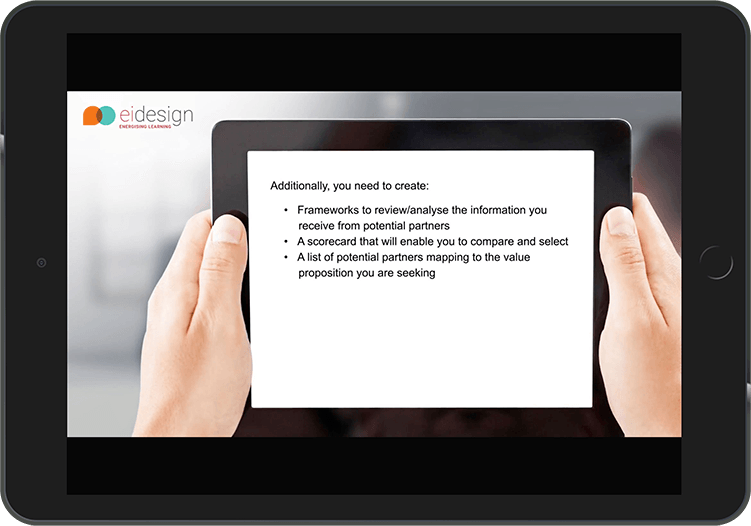
3. Explainer Videos Featuring Experts
Learners are enthusiastic about expert advice and guidance. This video format makes them available to learners exactly when they need learning support.
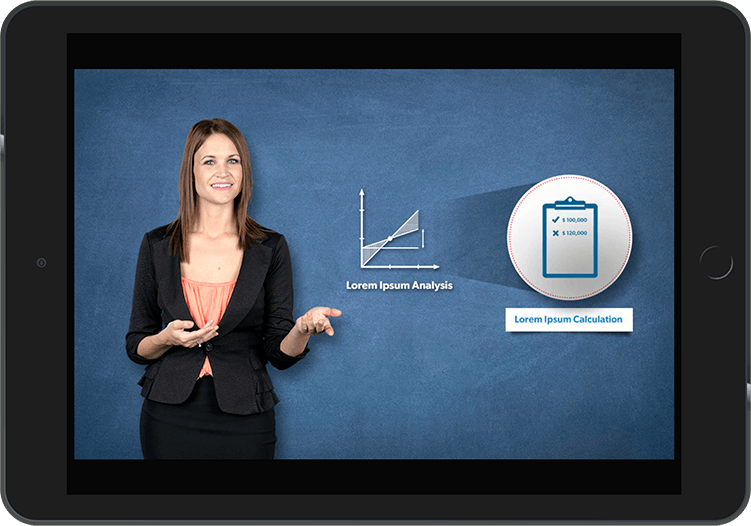

4. Explainer Videos Featuring Concepts Through A Story/Narrative
This is a great video format to introduce a concept in an easy-to-understand and engaging visual manner. These videos are sharp and focused, and they can be aligned to accommodate a serious learning outcome.
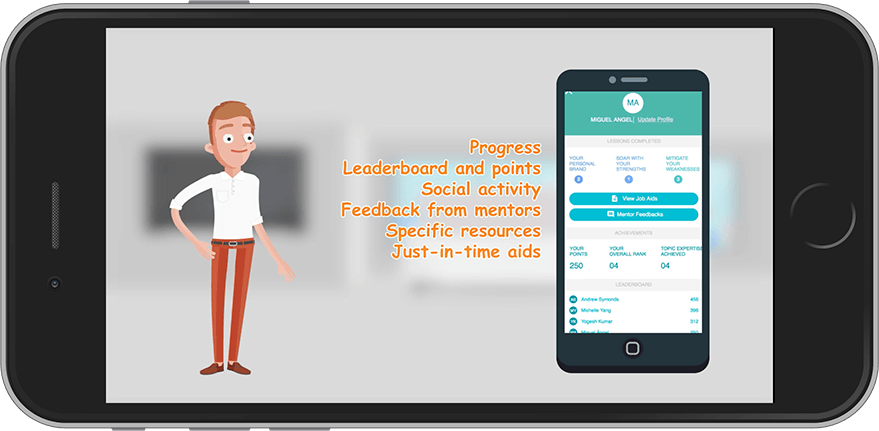
5. Videos Featuring Kinetic Text (With Static Background)
Sometimes, minimalism triumphs over visuals. This video format features text animations (with sound effects) that can be implemented to communicate the required message.
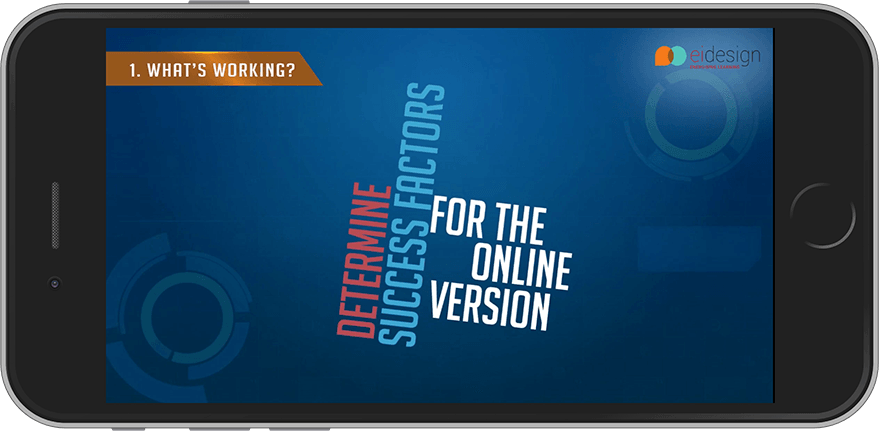
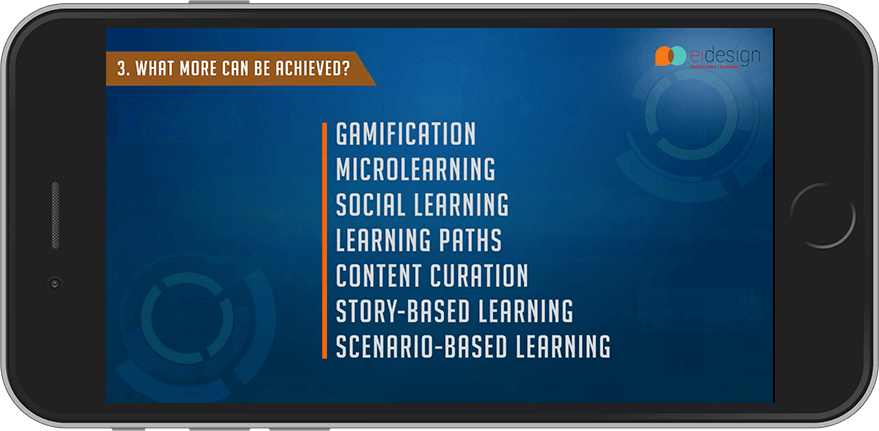
6. Videos Featuring Kinetic Text And Videos In The Background
This video format uses a combination of kinetic text animations with videos in the background to create a high impact experience.
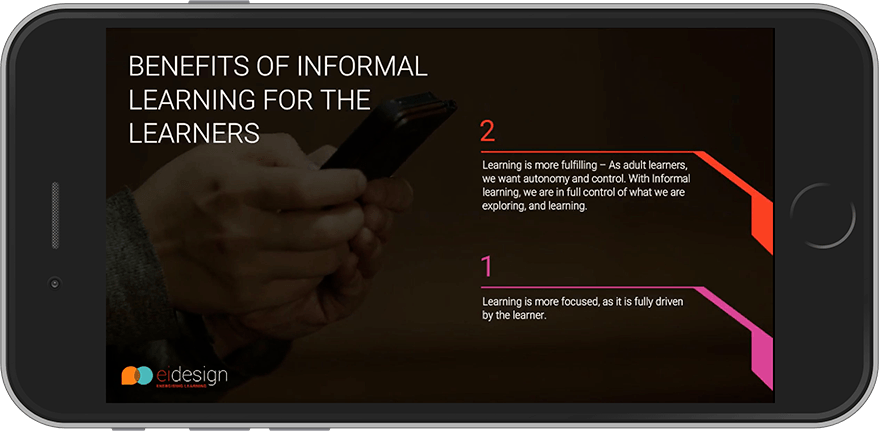
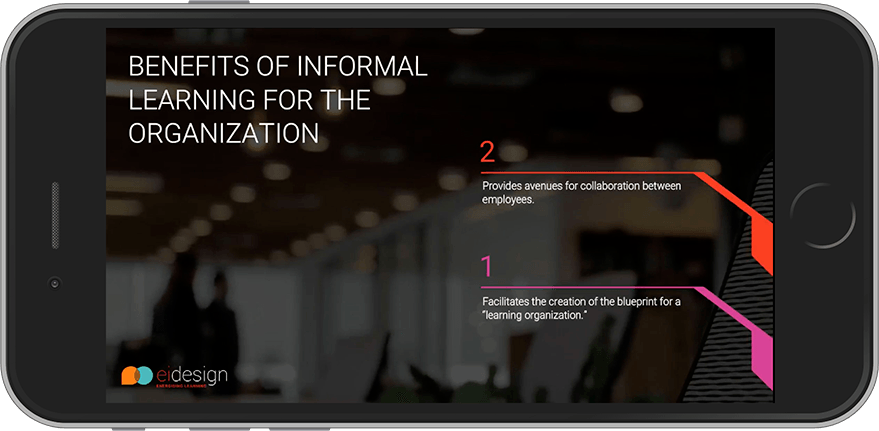
7. Videos Featuring Whiteboard Animation
A picture is worth a thousand words. Describing concepts via images (featuring illustrations, animations) and audio creates high engagement, and the image stays with learners well past the learning stage.
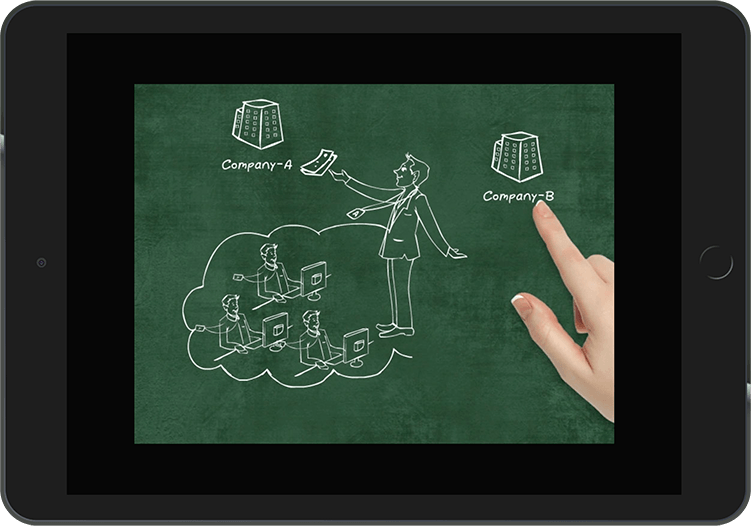
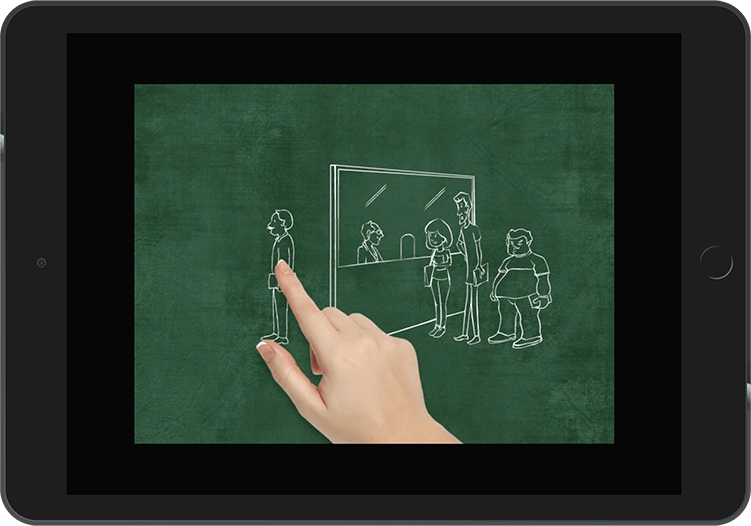
8. Interactive Video
Although video-based learning is remarkable, you can step it up 10 times through interactive video-based learning. This approach combines interactions (corresponding to the learning interactions of the eLearning courses) to create high-impact learning experiences.
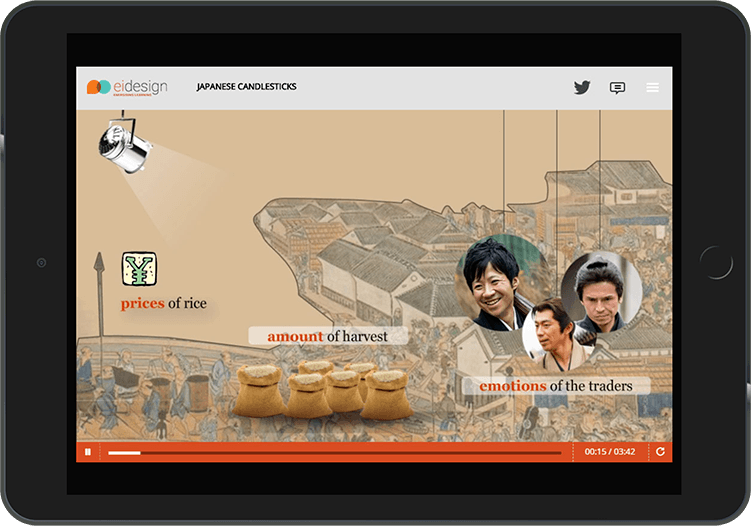
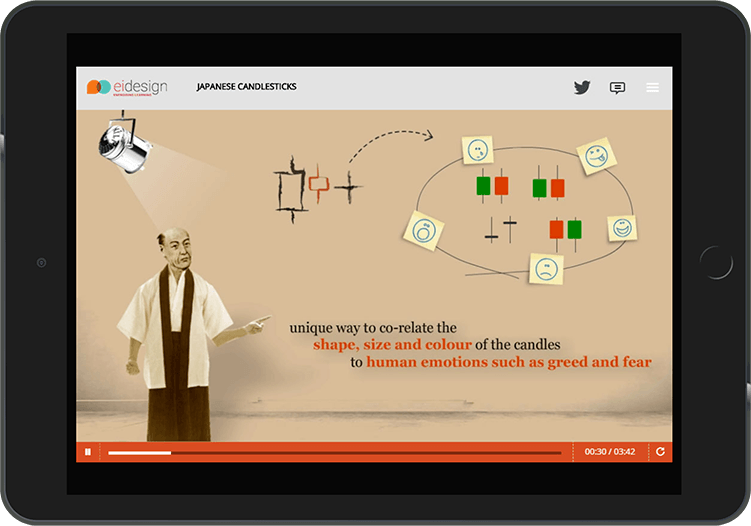
I hope this article provides insights on why you should adopt video-based learning and engage your learners. If you have any specific queries, do contact me or leave a comment below.
Read More:
- Free eBook: How To Use Interactive Videos For Learner Engagement And Supercharge Your Online Training
- How Can You Use Interactive Videos Effectively In eLearning
- 5 Approaches to Use Video Based Learning in Corporate Training
- Case Study Featuring The Use Of YouTube Content In A Trackable Interactive Video Format
- How Can You Improve Your Corporate Training ROI Through Interactive Videos – Featuring 3 Examples
- 15 Types Of Microlearning For Formal And Informal Learning In The Workplace










